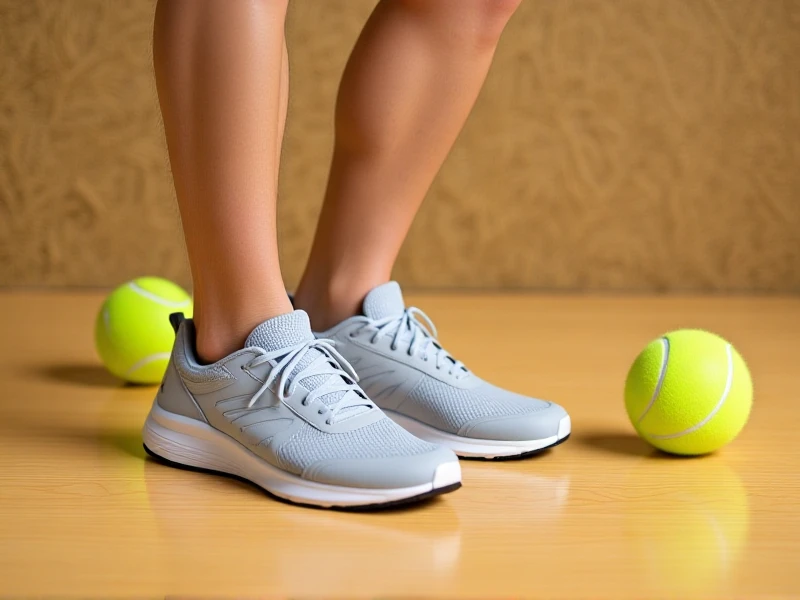
Find the Perfect Pair: Your Ultimate Guide to Running Shoes
****
Choosing the right running shoes is arguably the most important decision a runner makes. They are the foundation of every stride, impacting comfort, performance, and significantly reducing the risk of injury. With countless options flooding the market—maximal cushioning, zero-drop platforms, stability systems, racing flats—navigating the world of running shoes can feel overwhelming. This guide cuts through the noise to help you find your ideal match.
The journey starts with understanding your needs. What type of running are you primarily doing?
- Road Running: The vast majority of running shoes are designed for pavement and hard-packed surfaces. Look for durable outsoles with good abrasion resistance, effective cushioning tailored to your preference (plush, responsive, or balanced), and often breathable mesh uppers. Road running shoes offer the widest variety.
- Trail Running: Venture off-road? Trail running shoes are essential. They feature aggressive outsoles with deep, multi-directional lugs for superior traction on mud, rocks, and roots, protective toe caps and rock plates to shield your feet from impacts, and often tougher, more water-resistant uppers. Stability is key on uneven terrain.
- Racing/Competition: Need speed? Racing flats or performance-oriented running shoes prioritize minimal weight and maximum energy return through responsive foams and plates. They often sacrifice some cushioning and durability for that competitive edge, best suited for race day or fast workouts. Recovery or easy mileage days call for different shoes.
Your unique biomechanics matter immensely. Gait analysis—available at many specialty running shoes stores—can reveal if you overpronate (foot rolls inward excessively), supinate (foot rolls outward), or have a neutral stride. This determines if you benefit from:
- Stability Shoes: Feature firmer medial (inner) posts or guiding rails to gently correct overpronation.
- Neutral Shoes: Offer cushioning without specific correction, ideal for neutral gaits or supinators.
- Motion Control: Heavy-duty stability for severe overpronation.
Never underestimate fit and comfort. Your running shoes should feel secure but never tight, with about a thumbnail's width of space (roughly 0.5 inches) between your longest toe and the end of the shoe. Walk and ideally jog in them before buying. Heel slippage, pinching across the forefoot, or arch pressure are immediate red flags. Materials should feel comfortable against your skin, allowing breathability and flexibility where needed.
Remember, running shoes have a lifespan. Cushioning compresses, outsoles wear down, and support weakens over time, increasing injury risk. Most quality running shoes last between 300 and 500 miles. Track your mileage and don't hang onto dead shoes. Rotating between two pairs can extend their life and allow materials to decompress between runs.
Investing time in finding the perfect running shoes tailored to your feet and running style is an investment in your performance, comfort, and longevity in the sport. Visit a reputable running store, ask questions, try several models, and listen to your feet. Your next great run starts from the ground up. Explore your options today!